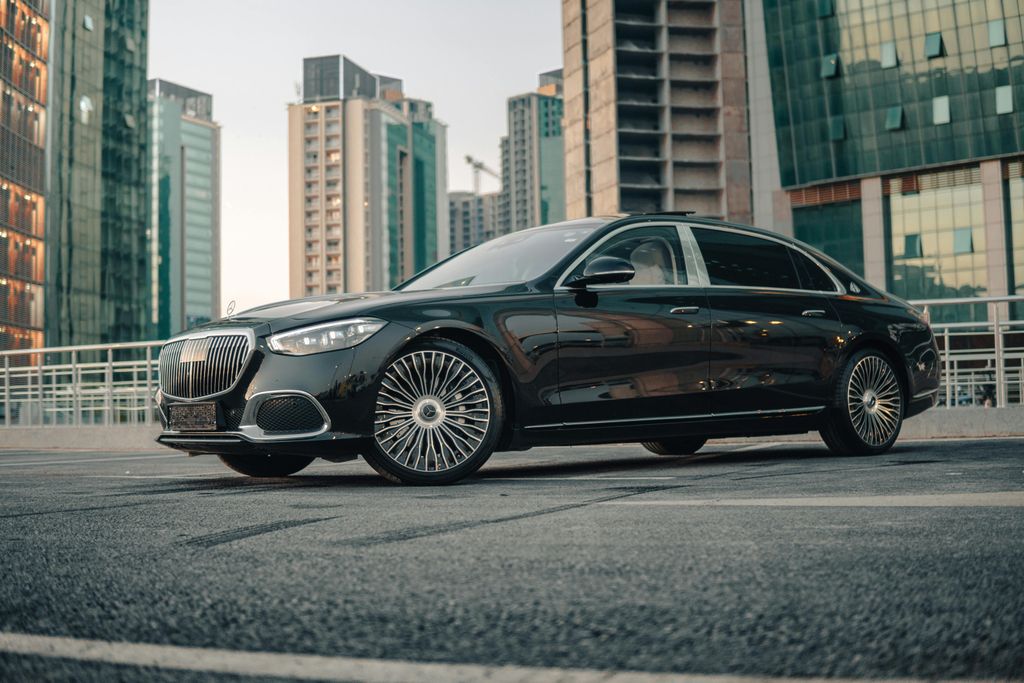
Owning a luxury vehicle is an experience synonymous with unparalleled comfort, cutting-edge performance, and undeniable prestige. These aren’t merely modes of transport; they are meticulously engineered machines, often representing a significant investment and a statement of discerning taste. However, the allure of a high-end automobile extends far beyond its initial purchase price, ushering in a distinct set of responsibilities and financial considerations—foremost among them, specialized maintenance.
Unlike conventional vehicles, luxury cars possess unique needs when it comes to detailing and ongoing care. Their exquisite materials, advanced features, and high-performance capabilities demand a level of preservation that transcends standard automotive practices. From the custom paints that shimmer under showroom lights to the delicate leather and exotic wood trims adorning their interiors, every element contributes to the vehicle’s overall value and requires a dedicated, informed approach to upkeep.
This comprehensive guide delves into the intricate world of luxury car care, providing an in-depth look at what it truly takes to maintain these automotive masterpieces in peak condition. We will explore the specific demands of some of the market’s most prominent luxury sedans, unravel the secrets behind professional detailing, and highlight the advanced techniques and tools essential for safeguarding your investment and ensuring your luxury vehicle continues to exude its signature elegance for years to come.
---Front-3869660-2560x1440.jpg)
1. **Mercedes-Benz S-Class: The Quintessential Luxury Sedan’s Upkeep Demands**The Mercedes-Benz S-Class stands as the undisputed benchmark for luxury sedans, celebrated for its pioneering features, opulent interiors, and a ride quality that epitomizes smoothness. Its position at the pinnacle of automotive engineering, however, comes with a corresponding premium when it comes to annual upkeep. Owners should anticipate maintenance costs that reflect its sophisticated nature.
The estimated annual maintenance cost for an S-Class hovers around $1,249. This figure encompasses routine services such as oil changes, essential brake servicing, tire rotation, fluid replacements, and the crucial software updates that keep its myriad digital systems running flawlessly. These are not merely suggestions but necessary interventions to preserve its advanced functionality.
The inherent complexity of German engineering necessitates specialized tools and the expertise of certified technicians to properly service these vehicles. This directly contributes to higher labor costs, a factor that S-Class owners must budget for. Furthermore, procuring genuine parts for a flagship model like the S-Class also comes at a premium, ensuring that every component meets the stringent standards of the original manufacturer.

2. **BMW 7 Series: Blending Athletic Performance with Significant Maintenance Expenses**Another prominent contender in the luxury segment, the BMW 7 Series masterfully combines athletic performance with an elevated standard of comfort. While its dynamic driving experience and high-end features are highly praised by enthusiasts, this full-size sedan is far from economical when it comes to its maintenance requirements. Owners must be prepared for a substantial financial commitment to keep it performing optimally.
The approximate annual maintenance cost for the BMW 7 Series is around $1,212. This investment covers not only routine servicing but also addresses common repair areas that can emerge over time. These frequently include engine components, the sophisticated suspension systems that contribute to its renowned handling, brake pads, and the intricate infotainment electronics.
As with its German counterparts, BMWs demand high-quality parts and experienced technicians. The advanced, complex electronics integrated into newer 7 Series models are a particular area of concern, potentially leading to higher repair bills if any issues manifest. Understanding these inherent costs is crucial for any potential owner.
Car Model Information: 2020 BMW X3 xDrive30i
Name: BMW 7 Series
Caption: BMW 7 Series (G11)
Manufacturer: BMW
Production: 1977–present
Class: Full-size car,luxury car
BodyStyle: sedan (car)
Predecessor: BMW New Six
Categories: All articles with dead external links, Articles with dead external links from July 2021, Articles with short description, BMW vehicle series, CS1 Chinese-language sources (zh)
Summary: The BMW 7 Series is a full-size luxury sedan manufactured and marketed by the German automaker BMW since 1977. It is the successor to the BMW E3 “New Six” sedan and is now in its seventh generation.
The 7 Series is BMW’s flagship car and is only available in a sedan bodystyle (including long wheelbase and limousine models). It traditionally introduces technologies and exterior design themes before other models in BMW’s lineup.
The first generation of the 7 Series was powered by straight-6 petrol engines, and following generations have been powered by inline-4, straight-6, V8 and V12 engines with both natural aspiration and turbocharging. Since 1995, diesel engines have been optional in the 7 Series.
Unlike the BMW 3 Series and BMW 5 Series sedans, BMW does not offer a full M model, but once offered an M performance variant, the BMW M760 with its 6.6L V12 (at the time the most powerful BMW ever made, not to be confused with BMW 760 6.6 V12 which does not offer the same performance). The Alpina B7 served as the high-performance variant of the 7 Series.
Get more information about: BMW 7 Series
Buying a high-performing used car >>>
Brand: BMW Model: 7 Series
Price: $26,485 Mileage: 40,004 mi.
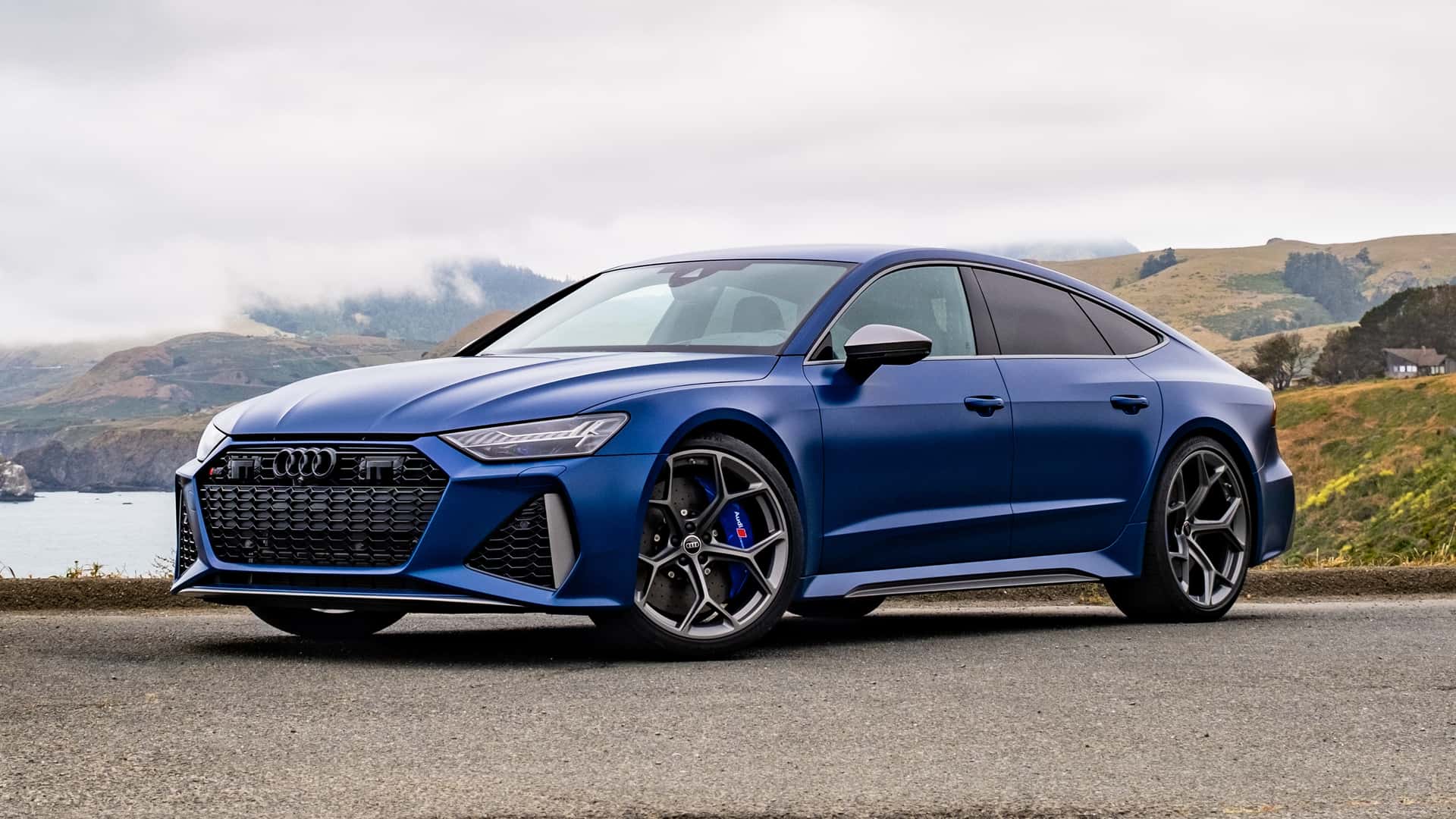
3. **Audi A8: A Technological Marvel with Inherent, Advanced Maintenance Commitments**The Audi A8 is widely acclaimed for its remarkably smooth ride, its sumptuously appointed cabin, and its integration of advanced technology. It stands as a powerful symbol of innovation and refined sophistication within the luxury vehicle market. However, this technological prowess is inextricably linked to a notable and ongoing maintenance commitment that owners must factor into their budgets.
The estimated annual maintenance cost for the Audi A8 is approximately $1,164. This consistent expenditure is allocated towards frequent maintenance needs, which typically involve routine oil services to ensure engine longevity, comprehensive brake work for safety and performance, precise tire alignment for optimal handling, and critical updates to its array of driver-assistance systems. These regular interventions are vital for preserving the car’s cutting-edge functionality.
A significant factor contributing to these costs is the vehicle’s technological complexity. The more advanced the systems within a car, the more expensive and specialized their repair becomes. This is particularly true for the Audi A8’s adaptive suspension, its sophisticated all-wheel-drive system, and its comprehensive infotainment suite. These components demand expert attention and specialized diagnostic tools.
Car Model Information: 2019 Audi A8 L 55
Name: Audi A8
Manufacturer: Audi AG
Assembly: Neckarsulm
Production: #D2
Class: Full-size,luxury car
BodyStyle: sedan (automobile)
Platform: List of Volkswagen Group platforms
Layout: FF layout
Related: Audi S8
Predecessor: Audi V8
Categories: 2000s cars, 2010s cars, 2020s cars, All-wheel-drive vehicles, All articles lacking reliable references
Summary: The Audi A8 is a full-size luxury sedan manufactured and marketed by the German automaker Audi since 1994. Succeeding the Audi V8, and now in its fourth generation, the A8 has been offered with either front- or permanent all-wheel drive and in short- and long-wheelbase variants. The first two generations employed the Volkswagen Group D platform, with the current generation deriving from the MLB platform. After the original model’s 1994 release, Audi released the second generation in late 2002, the third in late 2009, and the fourth and current iteration in 2017. Noted as the first mass-market car with an aluminium chassis, all A8 models have used this construction method co-developed with Alcoa and marketed as the Audi Space Frame.
A mechanically upgraded, high-performance version of the A8 debuted in 1996 as the Audi S8. Produced exclusively at Audi’s Neckarsulm plant, the S8 is fitted standard with Audi’s quattro all-wheel drive system. The S8 was only offered with a short-wheelbase for the first three generations, being joined by a long-wheelbase variant for the fourth generation.
Get more information about: Audi A8
Buying a high-performing used car >>>
Brand: Audi Model: A8
Price: $28,330 Mileage: 60,140 mi.
Read more about: The True Cost of Elegance: 10 Luxury Cars That Deliver Joy or Drain Your Wallet on Maintenance
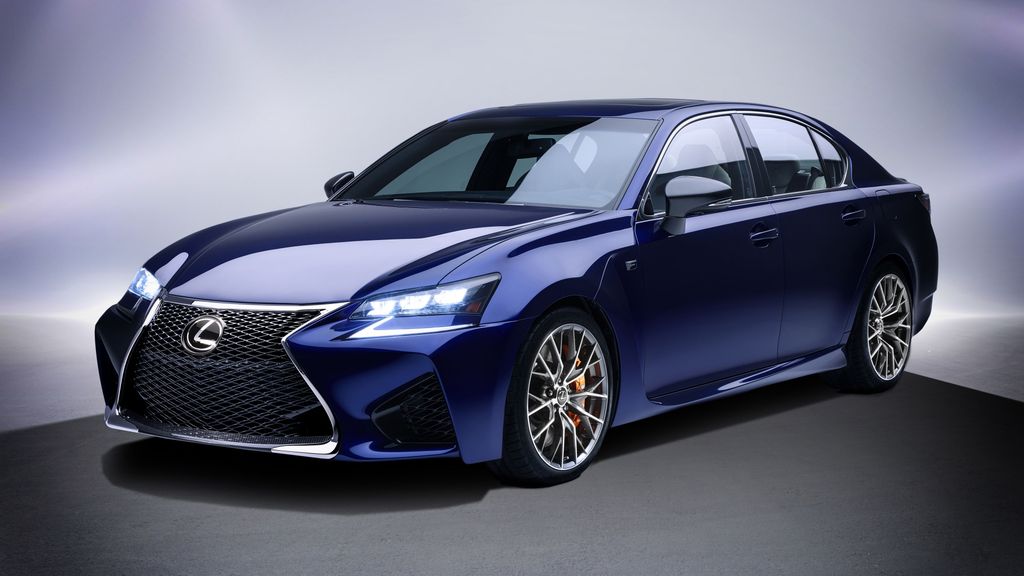
4. **Understanding Luxury Car Detailing: Elevating Care Beyond Standard Practices**Luxury car detailing represents a distinct paradigm shift from standard automotive cleaning, elevating the process to an art form characterized by a higher level of care and precision. These high-end vehicles often feature exquisite materials and finishes that are not found in ordinary cars, thereby necessitating specialized maintenance and an acute attention to minute details.
A fundamental aspect of luxury car detailing involves a thorough understanding of the unique materials integrated into these prestigious vehicles. For instance, many luxury cars are adorned with custom paints. These specialized finishes demand specific techniques and products to ensure their vibrancy and luster are not only maintained but also amplified, protecting them from degradation over time.
Similarly, the leather interiors prevalent in luxury automobiles require a regimen of conditioning and cleaning that differs significantly from regular upholstery. Beyond leather, exotic wood trims, lightweight carbon fiber accents, and other high-quality finishes are common. These delicate surfaces require careful handling and the application of appropriate, specially formulated products to meticulously care for and preserve them without risking any damage or scratching.
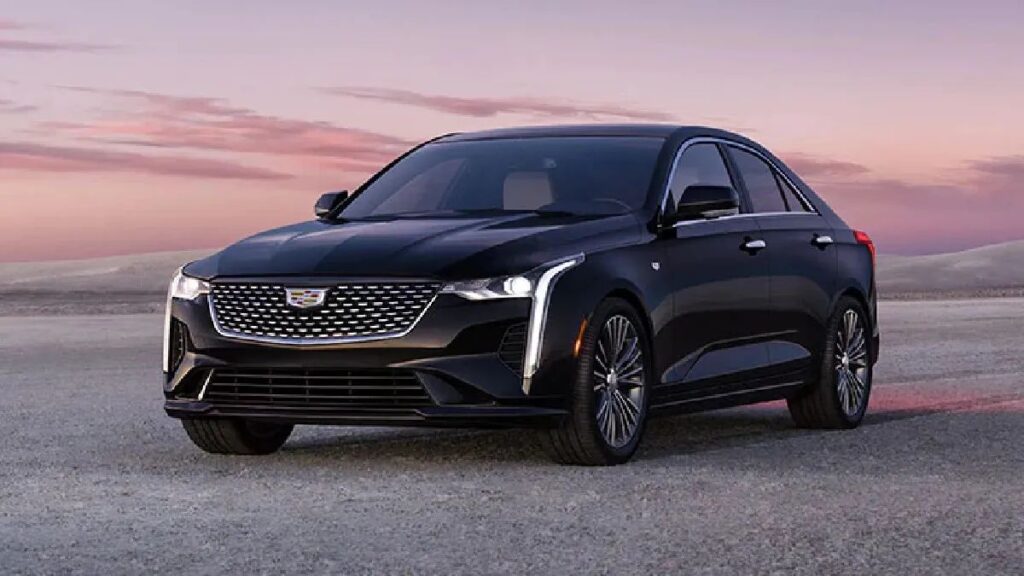
5. **Key Aspects of Exterior Luxury Car Care: Preserving Pristine Paintwork and Finishes**When it comes to the exterior of a luxury vehicle, maintaining its pristine condition is paramount, as the paintwork and finishes are often the first impression. This requires careful attention to detail and the application of specialized techniques and products that go far beyond a simple car wash. The goal is to not only clean but to preserve and protect these valuable surfaces.
Firstly, addressing paint imperfections is crucial for retaining the vehicle’s showroom-quality appearance. This involves a meticulous process known as paint correction, which skillfully removes scratches, unsightly swirl marks, and other blemishes that accumulate over time. This careful restoration work is essential to bring back the original depth and brilliance of the paint, ensuring a flawless, reflective finish.
Beyond correction, proactive protection is equally vital. Regular waxing and the application of advanced sealants are indispensable practices. These layers provide long-lasting defense against a multitude of environmental aggressors, including harmful UV rays that can cause fading, abrasive dirt particles, and various pollutants that can degrade the paint’s integrity. Such protective measures are foundational to maintaining a luxury car’s exterior allure.
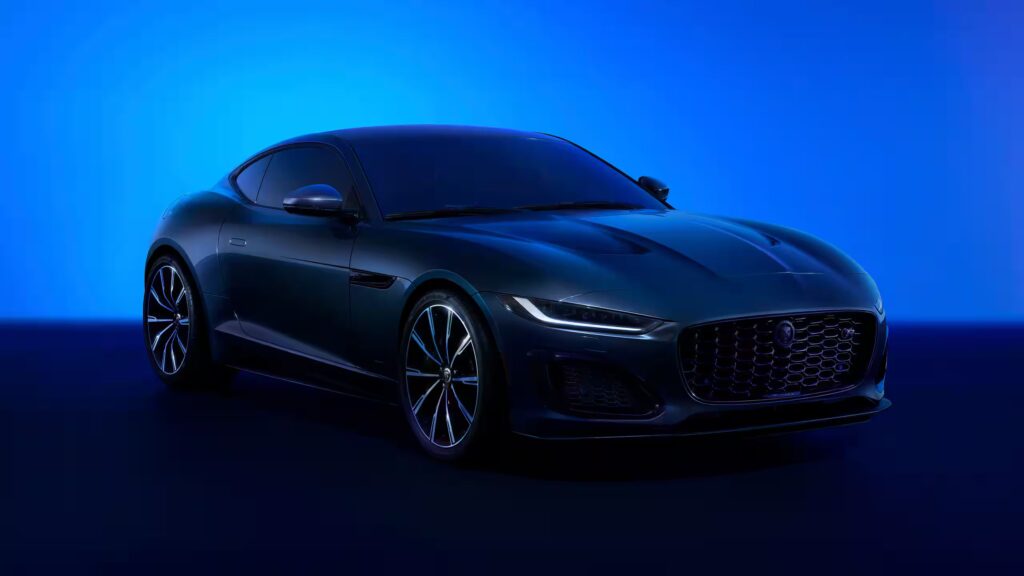
6. **Key Aspects of Interior Luxury Car Care: Protecting Exquisite Materials and Craftsmanship**The interior of a luxury car is a sanctuary of comfort and meticulous craftsmanship, often featuring a blend of premium materials that demand specialized care. Owners must dedicate considerable attention to maintaining these intricate surfaces, as their condition directly impacts both the aesthetic appeal and the long-term value of the vehicle.
Leather seats, a hallmark of luxury, require consistent cleaning and conditioning to prevent the onset of cracking and to ensure they retain their characteristic softness and supple feel. Neglecting this vital step can lead to irreversible damage, diminishing the tactile and visual quality of the cabin. Specialized leather care products are formulated to nourish and protect, extending the lifespan of these exquisite surfaces.
Equally important is the protection of fabric elements within the interior. Applying appropriate fabric protection helps to repel spills and stains, acting as an invisible barrier that safeguards against accidental damage and discoloration. For luxury cars that incorporate unique materials such as carbon fiber or Alcantara, owners must employ specialized care techniques and products specifically designed for these delicate finishes, ensuring gentle handling to avoid any potential damage.
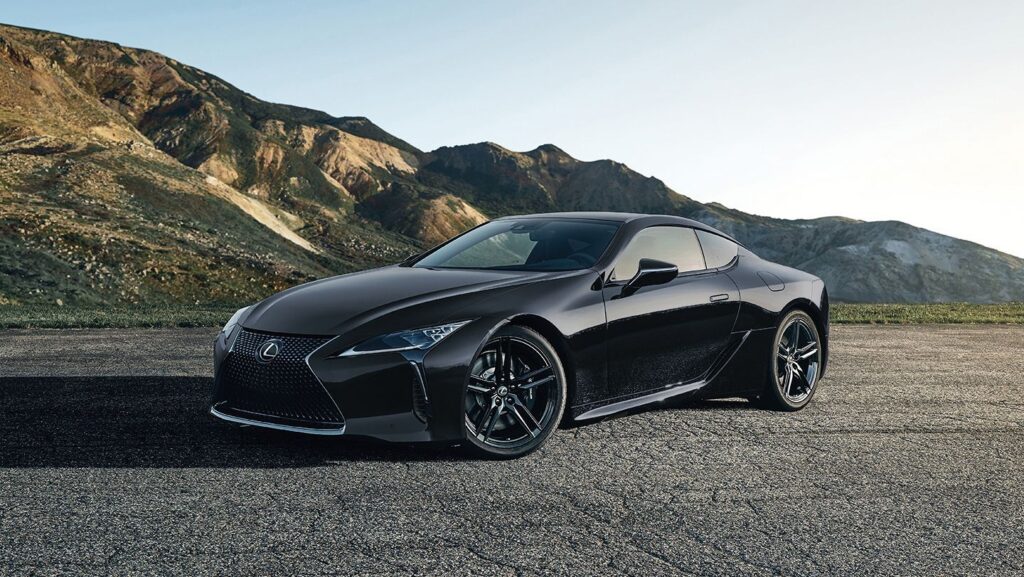
7. **The Role of Advanced Techniques and Tools: Achieving Showroom-Level Perfection**Caring for a luxury car effectively mandates the use of advanced techniques and a suite of specialized tools, specifically engineered for high-end detailing. These precision instruments and innovative products are not merely enhancements; they are indispensable for maintaining the peak condition and preserving the substantial value of your vehicle, allowing for a level of finish that is truly showroom-worthy.
One of the cornerstones of professional luxury car detailing is the deployment of specialized tools. For example, high-end polishers are absolutely essential for achieving that impeccable, mirror-like shine and for meticulously eliminating even the most subtle imperfections from the car’s surface. These advanced polishers are meticulously designed to offer maximum precision and unparalleled control, ensuring a flawless, swirl-free finish every single time.
Furthermore, precision steam cleaners represent another invaluable asset in the arsenal of luxury car care professionals. These powerful cleaners leverage high-pressure steam to effectively and gently dislodge dirt, tenacious grime, and stubborn stains from every intricate nook and cranny of the vehicle. They prove particularly efficacious in cleaning the complex interior details and reaching those notoriously hard-to-access areas without causing any damage. Beyond tools, innovative products like ceramic coatings offer superior, durable protection against UV rays, chemical stains, and oxidation, creating a hydrophobic barrier that simplifies cleaning and maintenance.
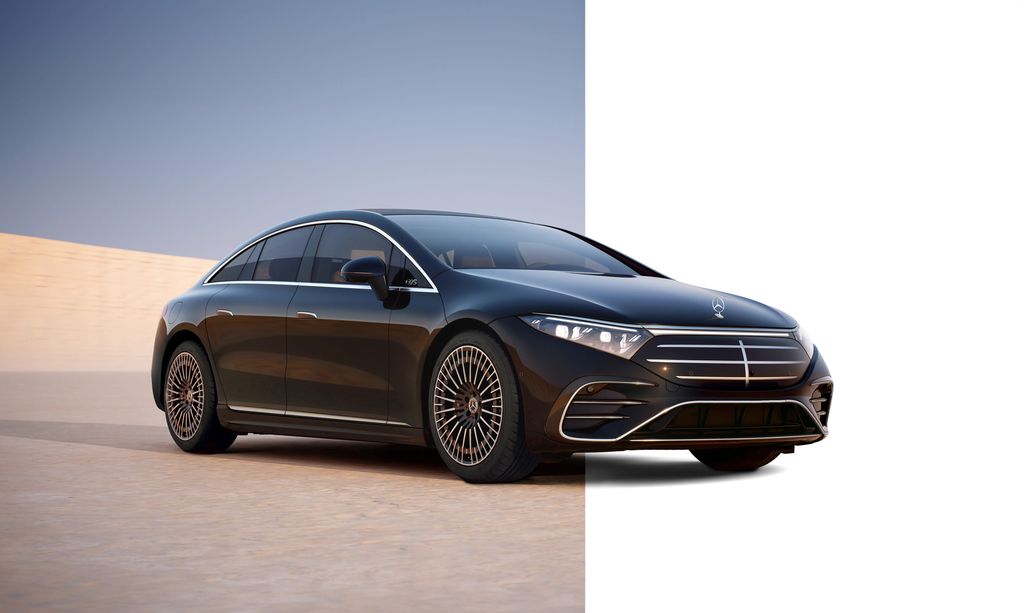
8. **Common Pitfalls: Why DIY Detailing Can Spell Disaster for High-End Vehicles**The temptation to undertake do-it-yourself (DIY) detailing projects for a luxury vehicle can be strong, often stemming from a desire for meticulous care or perceived cost savings. However, this approach frequently harbors significant risks that can lead to detrimental outcomes for cherished high-end automobiles. Many owners fall prey to common mistakes, particularly over-cleaning and inexperienced DIY attempts, both of which can compromise the intricate materials and sophisticated finishes that define luxury.
One prevalent misconception is that excessive cleaning will only enhance a vehicle’s condition. This is far from the truth for luxury cars. Over-cleaning, especially when coupled with harsh, unsuitable chemicals, can wear down delicate materials. This includes exquisite leather upholstery, which can crack or lose its suppleness, and delicate custom paint finishes, which may fade or suffer from micro-abrasions. Striking a precise balance between cleanliness and avoiding potential damage is vital to preserve longevity and aesthetic integrity.
Furthermore, while DIY projects might appear appealing, they frequently result in outright disasters for vehicles of this caliber. Cautionary tales abound of inexperienced enthusiasts inadvertently causing irreversible harm, from scratched paintwork dulling the exterior luster to damaged interiors that detract significantly from the cabin’s luxury. Improper techniques or product application can even lead to electrical issues, particularly in vehicles packed with complex infotainment systems. Ultimately, investing in specialists who possess the requisite expertise, advanced tools, and appropriate product knowledge ensures a higher quality of care that amateur attempts simply cannot replicate, safeguarding the vehicle’s condition for years to come.
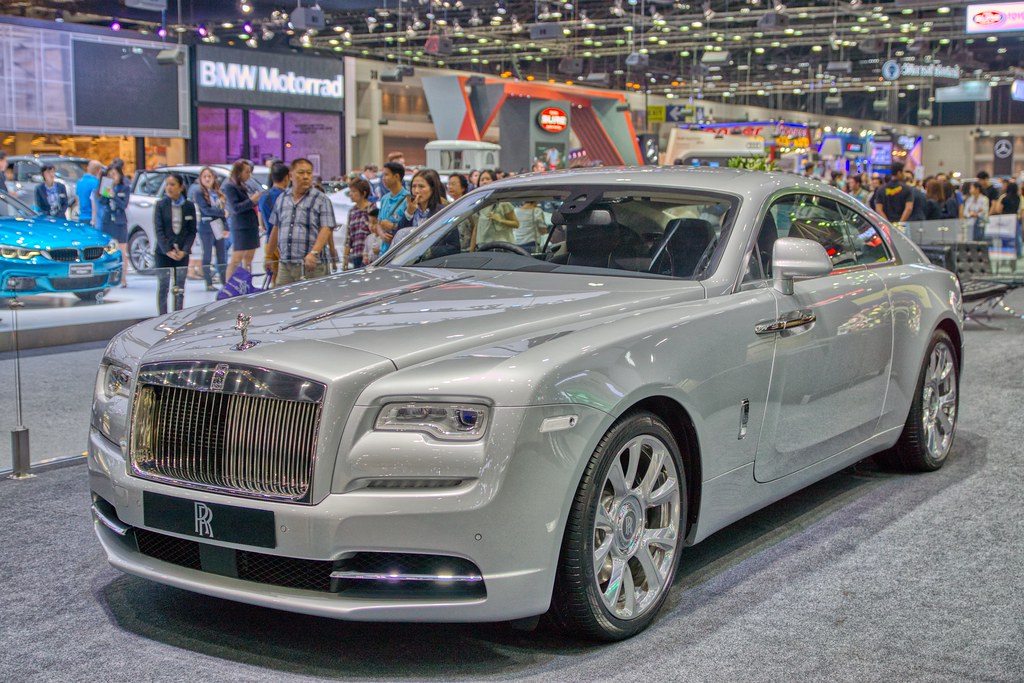
9. **The Impact of Vehicle Complexity on Long-Term Maintenance Costs**A defining characteristic of modern luxury cars is their integration of incredibly advanced systems, delivering unparalleled performance, comfort, and safety. Features such as adaptive suspensions, sophisticated all-wheel-drive systems, and automatic parking capabilities elevate the driving experience. However, these engineering marvels simultaneously introduce a significant layer of complexity that directly correlates with higher long-term maintenance expenses.
The inherent intricacy of these advanced systems means that when they require attention, the process is far from straightforward. Components are expensive to replace due to their specialized design and proprietary nature, demanding highly specific diagnostic tools and profound expertise. Generic diagnostic equipment often falls short, necessitating visits to certified dealerships or specialized repair facilities with proprietary technology to interface with these complex vehicle systems.
This reliance on specialized diagnostics and expert technicians directly contributes to elevated labor costs, as the required skills are far beyond those for conventional servicing. Replacement parts for these advanced systems are also often proprietary and stringent, making them significantly more expensive. The sheer number of sensors, actuators, and control modules woven throughout a luxury car’s architecture multiplies potential points of failure, each potentially requiring a specialized, costly intervention. Understanding this technological marvel as an enduring factor in the total cost of ownership is crucial.
Read more about: The Future of Work: 16 Careers Experts Predict Will Vanish by 2035 Amidst AI and Automation
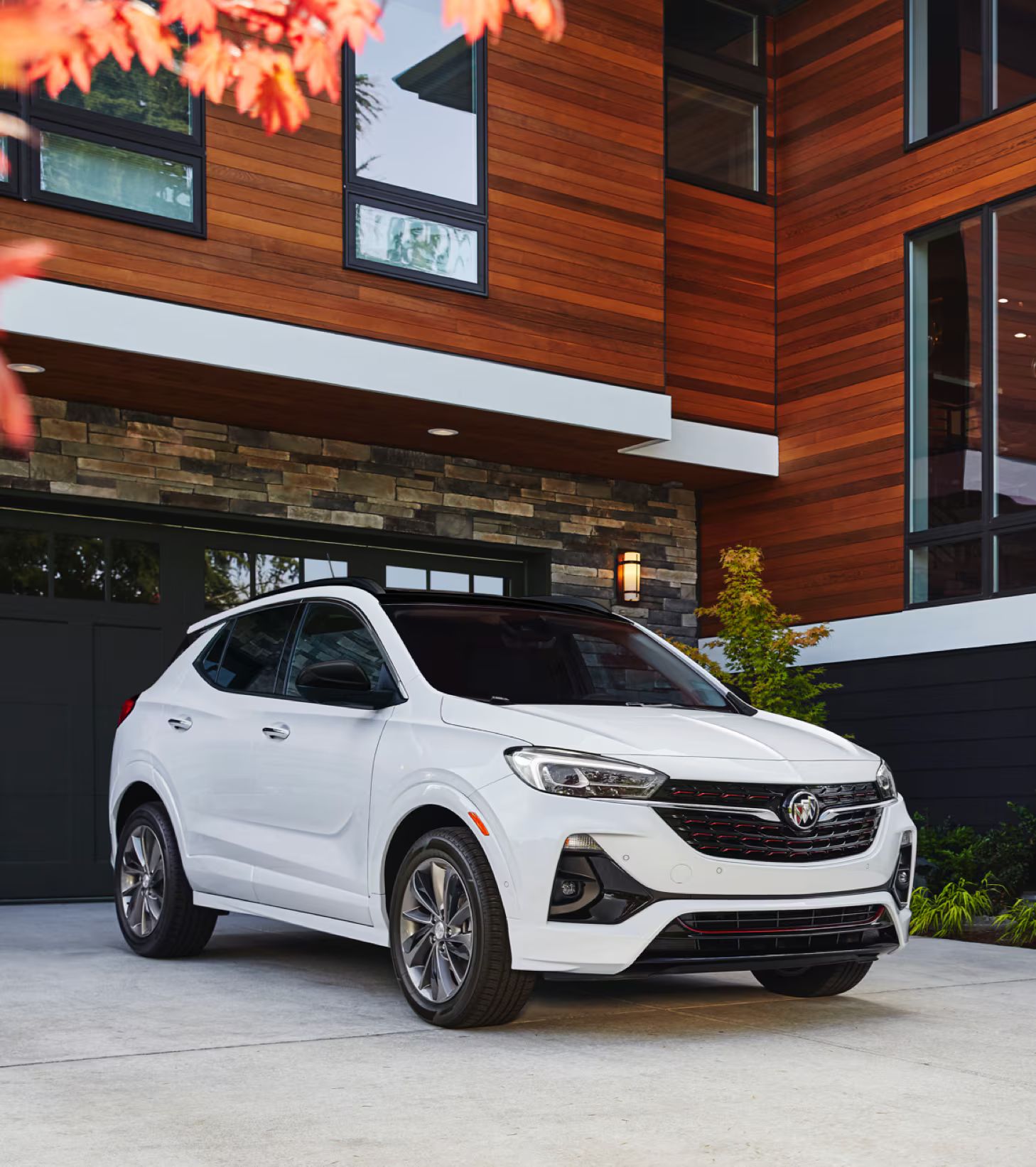
10. **The Service Location Conundrum: Dealership Expertise Versus Independent Specialist Value**When servicing a luxury vehicle, owners face a critical decision: whether to entrust their prized possession to a certified dealership or an independent specialist. Each option presents distinct advantages and disadvantages concerning expertise, cost, and warranty implications. Making an informed choice is essential to ensure both optimal vehicle performance and long-term financial prudence.
Certified dealerships typically offer unparalleled expertise, with factory-trained technicians accessing proprietary diagnostic tools and the latest service bulletins. This ensures repairs are performed precisely to brand standards, utilizing genuine original equipment manufacturer (OEM) parts. However, this specialized service almost invariably translates into higher labor costs and often a premium for parts, significantly inflating the overall maintenance budget for owners.
Conversely, independent repair shops, especially those specializing in luxury marques, can sometimes offer a more cost-effective solution with lower labor rates and potential options for high-quality aftermarket parts. Yet, relying on unauthorized service centers carries inherent risks. A critical concern is the potential to void warranties on certain components if repairs are not performed to manufacturer specifications or if non-OEM parts are used. This risk can lead to substantial out-of-pocket expenses for future major repairs.
Therefore, the decision hinges on careful consideration. While dealerships offer undeniable peace of mind with their certified expertise, independent specialists who are explicitly certified and committed to using OEM parts can present a compelling value proposition. Ensuring any chosen service center adheres to high standards is paramount to maintain the vehicle’s value and avoid unexpected future costs.
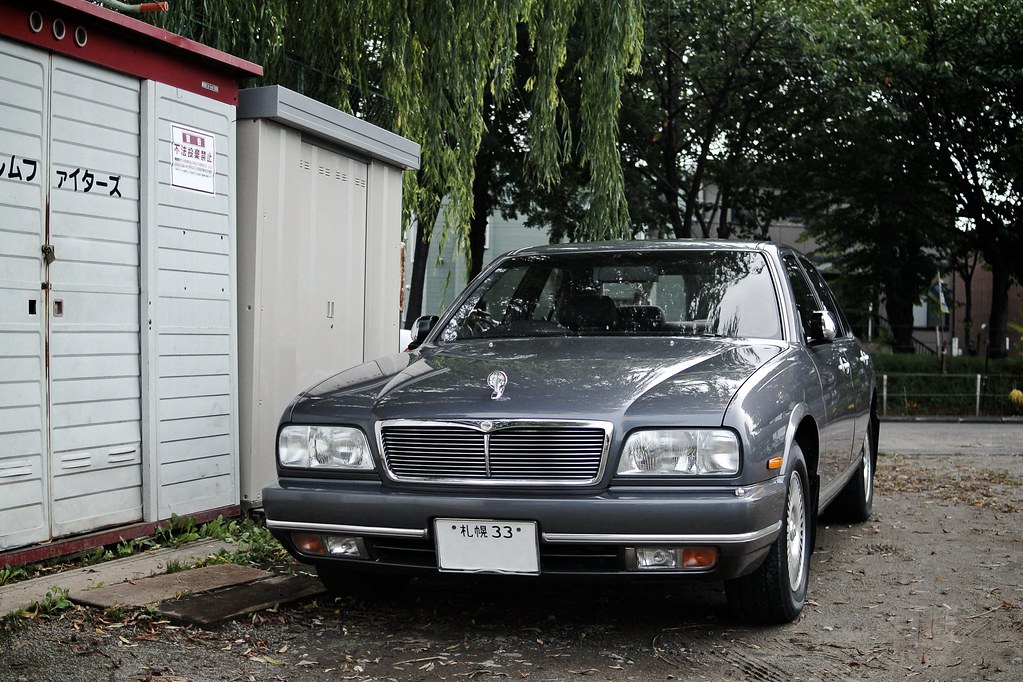
11. **How Driving Habits Influence Your Luxury Car’s Lifespan and Ownership Expenses**The way a luxury vehicle is driven has a profoundly direct and often underestimated impact on its long-term lifespan and the overall cost of ownership. Beyond routine maintenance, the stresses placed upon a car’s sophisticated components by daily driving habits can significantly accelerate wear and tear, leading to more frequent and expensive repairs. Understanding this connection is vital for any owner aiming to preserve their investment and minimize unforeseen expenses.
Aggressive driving is a primary culprit in this accelerated degradation, encompassing rapid acceleration, abrupt braking, and sharp, high-speed cornering. Similarly, frequent exposure to stop-and-go traffic places undue strain on critical systems. The constant cycling of acceleration and deceleration heats up brake components, stresses transmission gears, and puts additional demands on engine and cooling systems, all contributing to premature wear.
These driving patterns directly lead to an increased frequency of maintenance and necessitate earlier replacements of key components. Brake pads and rotors will wear down much faster under aggressive braking, requiring costly replacements more often than with gentle driving. Suspension components can experience accelerated fatigue from harsh impacts, leading to premature failure. Even engine components face greater stress, potentially shortening their lifespan and increasing the likelihood of expensive, complex repairs.
To mitigate these financial burdens and extend the operational life of a luxury car, adopting careful and measured driving habits is highly advisable. Smooth acceleration, gentle braking, and anticipating traffic flow dramatically reduce the strain on the vehicle’s intricate systems. This conscious approach not only contributes to a more refined driving experience but also serves as a proactive strategy to safeguard the longevity and financial viability of one’s high-end automobile investment.
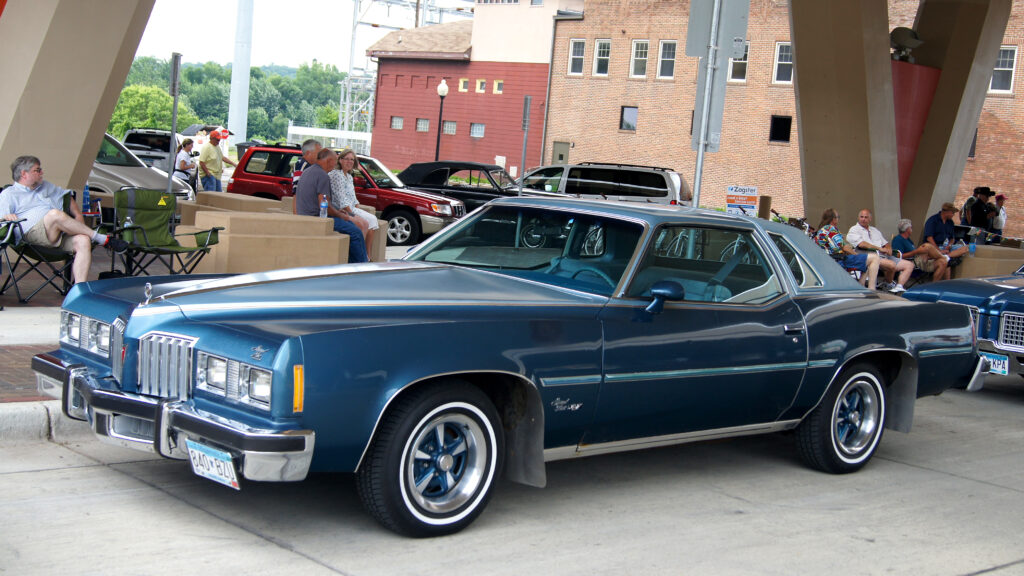
12. **Leveraging Warranties and Service Plans to Proactively Manage Upkeep Costs**In the realm of luxury car ownership, where maintenance costs can be substantial, strategically utilizing manufacturer warranties and extended service plans is a savvy approach to proactively manage and mitigate potential expenses. These financial tools are not merely safety nets; they are integral components of an informed ownership strategy, designed to provide peace of mind and protect against the unforeseen complexities of high-end automotive upkeep.
For the initial few years of ownership, numerous luxury brands generously provide complimentary maintenance packages. These often cover routine services, such as oil changes, filter replacements, and scheduled inspections, ensuring the vehicle receives optimal care during its crucial early life. This initial period of covered maintenance is invaluable, as it allows owners to enjoy the full luxury experience without the immediate burden of routine service costs, while establishing a comprehensive service history with the manufacturer.
Beyond the initial complimentary period, considering extended service plans or purchasing an extended warranty becomes a particularly wise investment, especially for complex European luxury vehicles where post-warranty repairs can quickly become prohibitively expensive. These plans offer continued protection against mechanical and electrical failures, effectively buffering owners from unexpected, significant repair bills. They transform potential large, sporadic expenditures into manageable, predictable costs, allowing for better financial planning over the vehicle’s lifespan.
Therefore, a thorough understanding of available warranty coverage and the benefits of extended service plans is paramount when embarking on luxury car ownership. These proactive measures can dramatically influence the long-term affordability and enjoyment of a high-end vehicle, safeguarding against the inherent financial demands of maintaining such sophisticated machinery and ensuring the investment remains sound for years to come.
Read more about: Navigating the Automotive Minefield: A Consumer Reports Guide to 10 Vehicles with Notoriously High Repair Costs
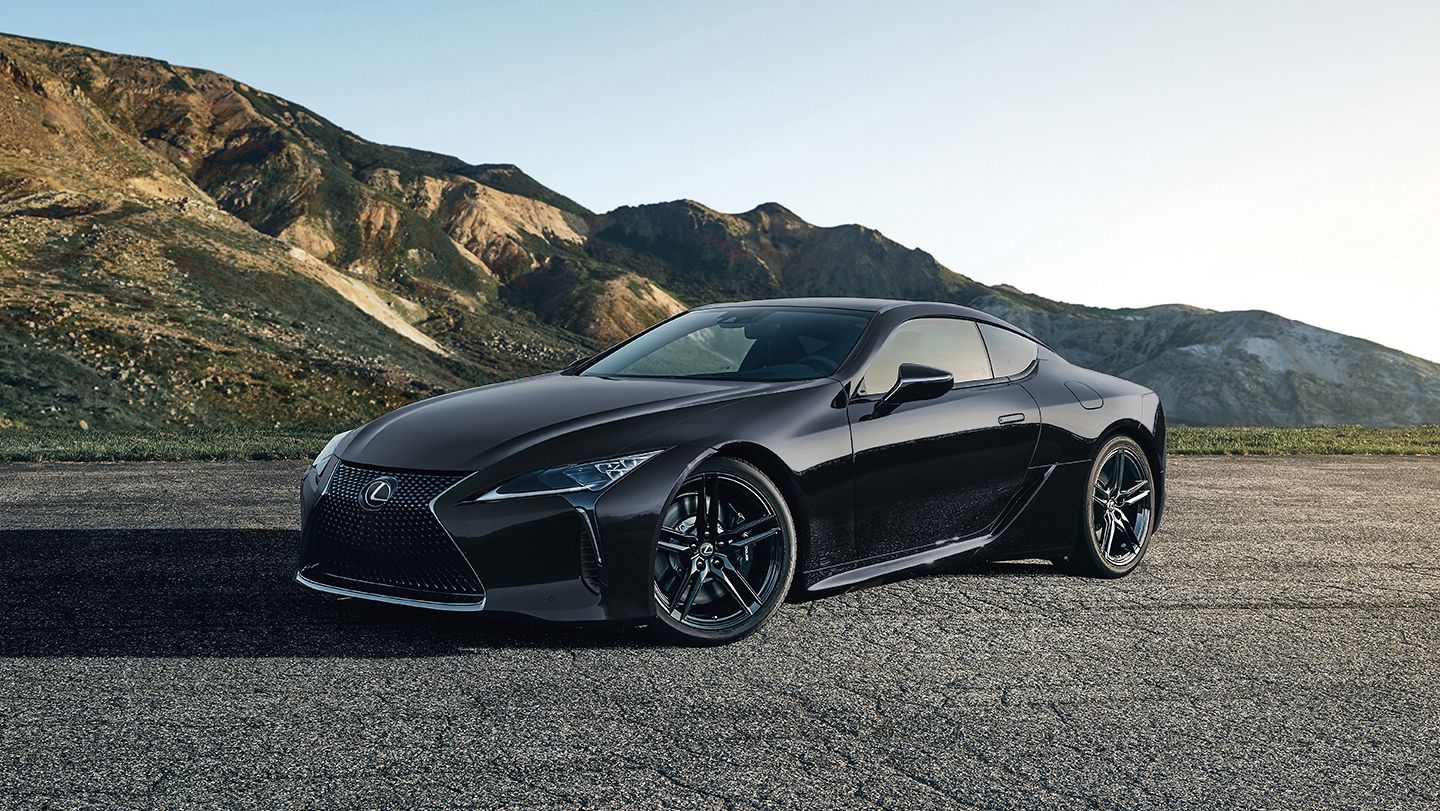
13. **Lexus LS: The Exception to the Rule – Unpacking Luxury with Long-Term Affordability**While many luxury brands are synonymous with elevated maintenance costs, the Lexus LS stands as a notable exception, skillfully blending opulence with a reputation for remarkable dependability and surprisingly lower ownership expenses. Unlike its European counterparts, which often demand specialized and costly interventions, the Lexus LS consistently provides a high-end experience without imposing the same financial burdens, making it a compelling option for discerning buyers seeking luxury with long-term affordability.
The estimated annual maintenance cost for the Lexus LS hovers around $1,118, a figure notably more approachable than many direct competitors in the flagship luxury sedan segment. This investment covers typical services essential for its longevity, including routine oil changes, spark plug replacements, comprehensive tire servicing, and thorough battery inspections. These scheduled maintenance requirements are straightforward and align with what one might expect for a premium vehicle, yet their frequency and complexity are often less aggressive than those of its German rivals.
The fundamental reason for the Lexus LS’s more affordable upkeep lies in its direct lineage to Toyota’s renowned engineering philosophy, which prioritizes reliability and durability. Lexus vehicles inherently benefit from this robust foundation, often requiring fewer unscheduled repairs over their lifetime. The meticulous design and manufacturing processes lead to components that simply last longer, thereby reducing the need for frequent part replacements. This focus on long-term reliability translates into maintenance schedules that are less demanding and, critically, a lower overall incidence of expensive, unexpected repairs.
For individuals who desire the ultimate in luxury, comfort, and advanced features without the added anxiety of exorbitant ongoing maintenance costs, the Lexus LS presents an exceptionally strong argument. It elegantly demonstrates that it is entirely possible to enjoy the prestige and performance of a flagship luxury sedan while simultaneously benefiting from a profile of long-term affordability and dependability, setting a benchmark for practical luxury ownership.
Read more about: Navigating the Urban Jungle: The 12 Best Affordable Hybrid SUVs for Over 40 MPG in City Driving
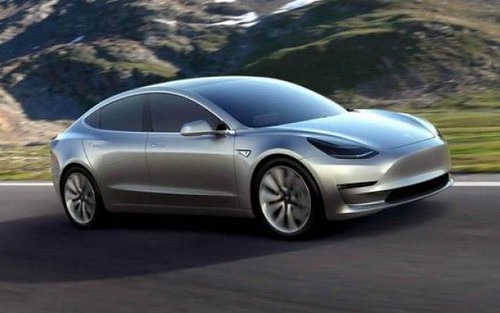
14. **Tesla Model S: Redefining Luxury Car Maintenance in the Electric Era and Its Unique Profile**The Tesla Model S has undeniably reshaped perceptions of luxury and performance, but it also dramatically redefines the landscape of automotive maintenance within the high-end segment. As a pioneering all-electric vehicle, the Model S fundamentally sidesteps many of the common service requirements that are intrinsic to traditional internal combustion engine (ICE) cars. This electric architecture inherently simplifies its upkeep, presenting a distinct and often more cost-effective long-term ownership profile.
The estimated annual maintenance cost for a Tesla Model S is notably lower, roughly around $932, reflecting its significantly different mechanical composition. Its primary maintenance needs are markedly simpler: routine tire rotation to ensure even wear, periodic cabin air filter replacements for optimal air quality, diligent brake fluid checks to maintain safety, and essential software updates that continually enhance functionality and performance. These requirements stand in stark contrast to the extensive list of services demanded by gasoline-powered luxury vehicles.
The unique advantage of the Tesla Model S stems directly from the absence of complex mechanical systems found in conventional cars. There is no engine oil to change, no transmission fluids to replace, no spark plugs to inspect, and no intricate exhaust systems to maintain. This profound reduction in moving parts and flammable fluids means far fewer components that can wear out, malfunction, or require expensive periodic servicing. The simplified drivetrain fundamentally minimizes the potential for many common automotive ailments.
However, owners must remain cognizant of certain long-term considerations specific to electric vehicles. While routine maintenance is minimal, potential long-term battery degradation is a factor to monitor, although significant issues are often covered under extensive battery warranties. Additionally, any major repairs outside of warranty, particularly those involving the high-voltage battery pack or complex electronic modules, could be exceptionally costly. Tesla also uniquely provides over-the-air software updates, a feature that frequently enhances vehicle capabilities and addresses minor issues remotely, further reducing the need for physical service center visits.
Car Model Information: 2020 BMW X3 xDrive30i
Name: Tesla Model S
ModelYears: 2013–present
Alt: A front-three quarter view of a gray Model S
Caption: #2016–2019: First major update
Designer: Franz von Holzhausen
Weight: cvt
Height: cvt
Width: cvt
Length: cvt
Wheelbase: cvt
ElectricRange: cvt
Battery: kWh,lithium-ion battery
Motor: Unbulleted list
Transmission: Reduction drive
Related: Tesla Model X
Layout: Rear-motor, rear-wheel drive,Dual-motor, all-wheel-drive,Tri-motor, all-wheel-drive layout
BodyStyle: liftback,sedan (automobile)
Class: Full-size car
Assembly: Unbulleted list
Production: June 2012 – present
Manufacturer: Tesla, Inc.
Sp: us
Chassis: Unibody
Categories: 2020s cars, All-wheel-drive vehicles, All Wikipedia articles written in American English, All articles containing potentially dated statements, Articles containing potentially dated statements from 2025
Summary: The Tesla Model S is a battery-electric, four-door full-size car produced by the American automaker Tesla since 2012. The automaker’s second vehicle and longest-produced model, the Model S has been described as one of the most influential electric cars in the industry. Car and Driver named it one of the best cars of the year in 2015 and 2016. Its various accolades include the Motor Trend Car of the Year Award in 2013.
Tesla started developing the Model S around 2007 under the codename WhiteStar, with Henrik Fisker appointed as lead designer for the project. After a dispute with Elon Musk, Tesla’s CEO, Fisker was replaced by Franz von Holzhausen who, by 2008, had designed the production Model S’s exterior. Tesla unveiled a prototype of the vehicle in March 2009 in Hawthorne, California. In 2010, Tesla acquired a facility in Fremont, California, to produce the Model S, which was previously owned by General Motors and Toyota. Series manufacture of the car officially began at the Tesla Fremont Factory in June 2012. Tesla carried out the final assembly for European markets at its facilities in Tilburg, Netherlands, between 2013 and 2021.
Constructed mostly of aluminum, the Model S shares 30 percent of its components with the Model X—a crossover SUV that was introduced in 2015. The Model S has undergone several updates during its production, the most prominent ones occurring in 2016 and 2021. These updates have usually included modifications to the motor, such as changes to power or torque, revised exterior elements, and refreshed interior features. One such change included the 2015 introduction of Tesla Autopilot—a partial vehicle automation advanced driver-assistance system. The 2021 update led to the introduction of the high-performance, three-motor Plaid—Tesla’s most powerful model.
In 2015, the Model S was the world’s best-selling plug-in electric vehicle. In 2012, it was included on Time’s list of the Best Inventions of the Year, and the magazine later included it on its list of the 10 Best Gadgets of the 2010s in 2019. In 2014, The Daily Telegraph described the Model S as a “car that changed the world”. Road & Track argued that, with the introduction of the Plaid and features such as the yoke steering wheel, Tesla managed to turn the Model S into “perhaps one of the worst [cars in the world]”.
Get more information about: Tesla Model S
Buying a high-performing used car >>>
Brand: Tesla Model: Model S
Price: $26,485 Mileage: 40,004 mi.
Navigating the world of luxury car ownership is an exquisite journey, one that requires not just an appreciation for unparalleled craftsmanship and advanced engineering, but also a profound understanding of the ongoing commitment to their care. From the nuanced demands of meticulous detailing to the strategic planning around maintenance costs and service locations, every decision plays a pivotal role in preserving the vehicle’s peak condition and intrinsic value. As we’ve explored the varying profiles of prominent luxury models, from the high-maintenance precision of German engineering to the surprising affordability of a Lexus and the revolutionary simplicity of a Tesla, it becomes clear that informed ownership is the ultimate luxury. By embracing these insights, owners can ensure their magnificent machines continue to be a source of pride, performance, and lasting indulgence for countless miles to come.

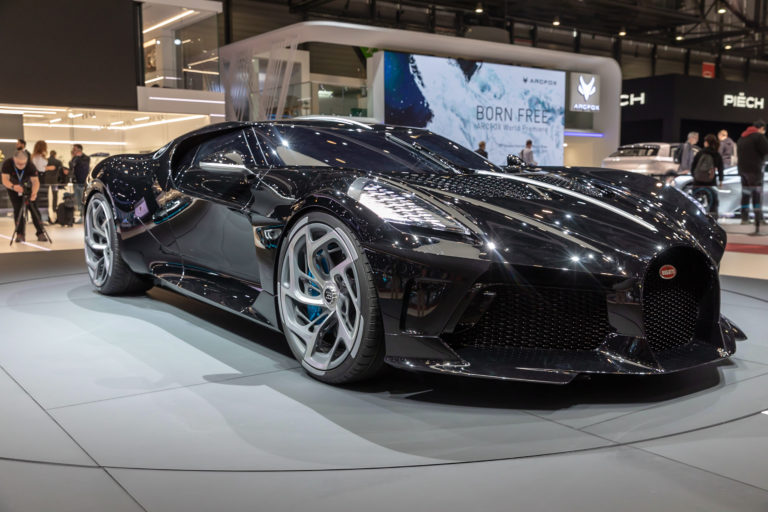
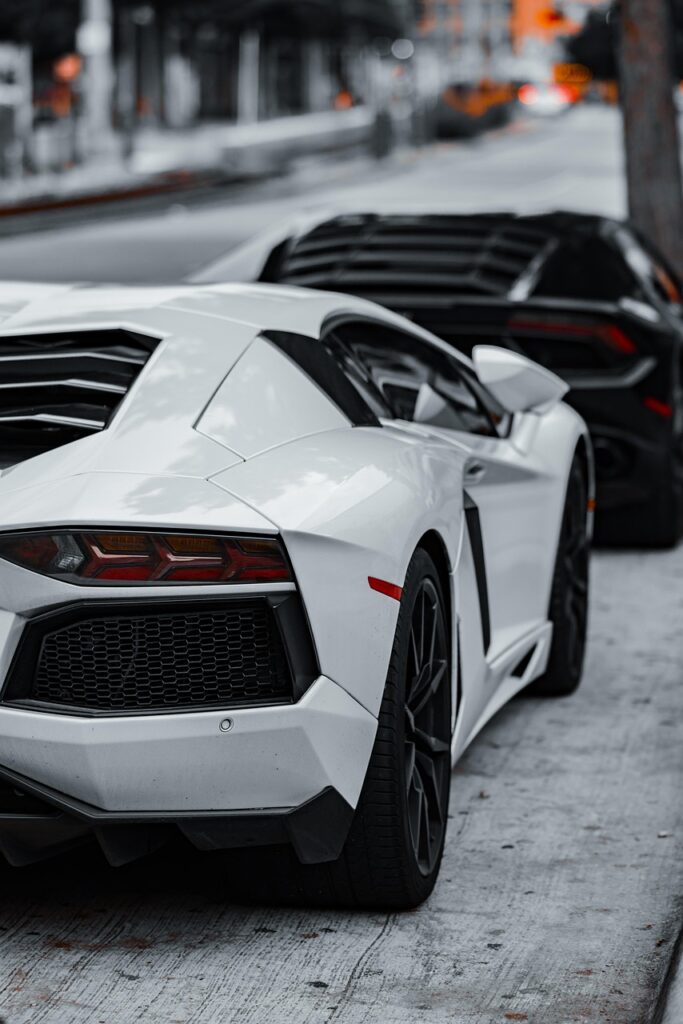
.jpg)